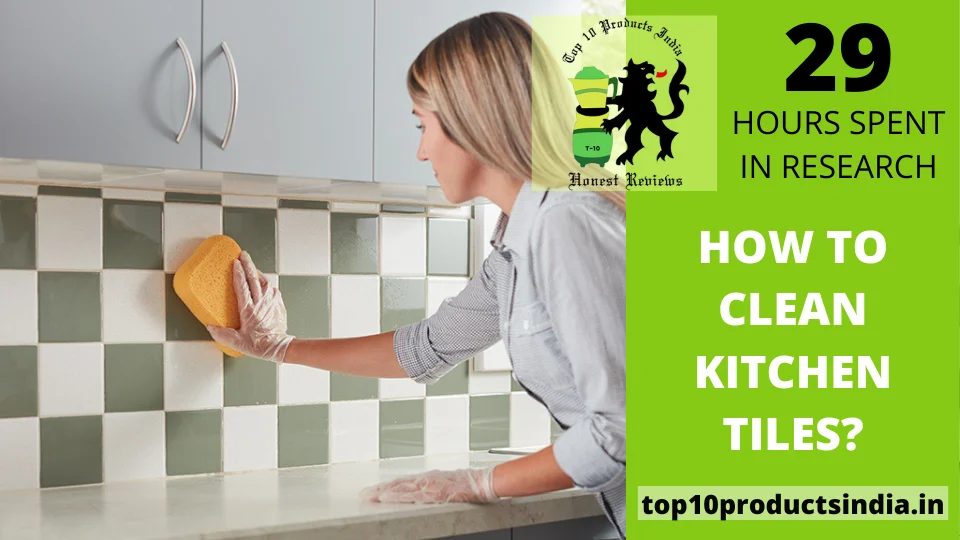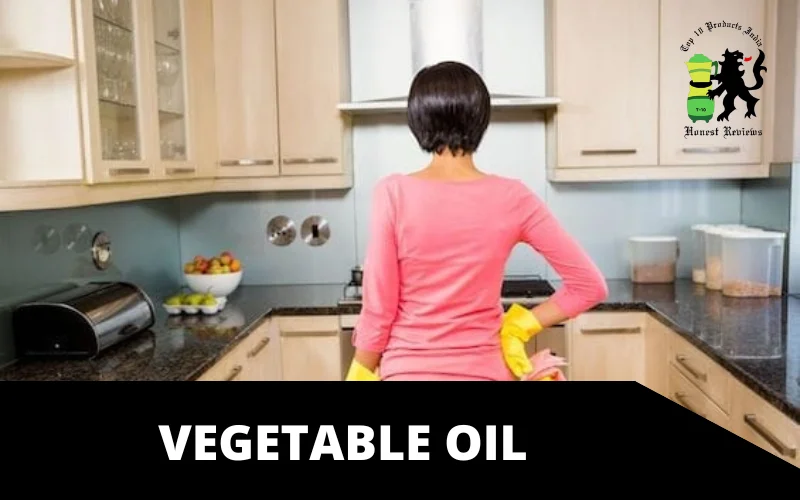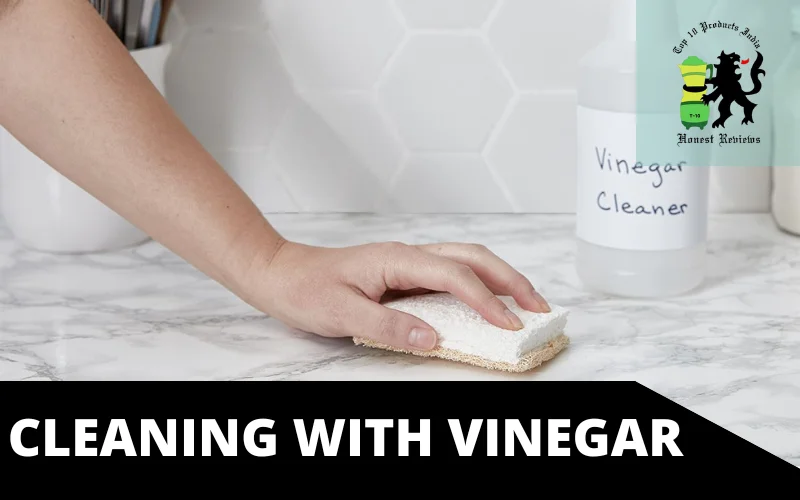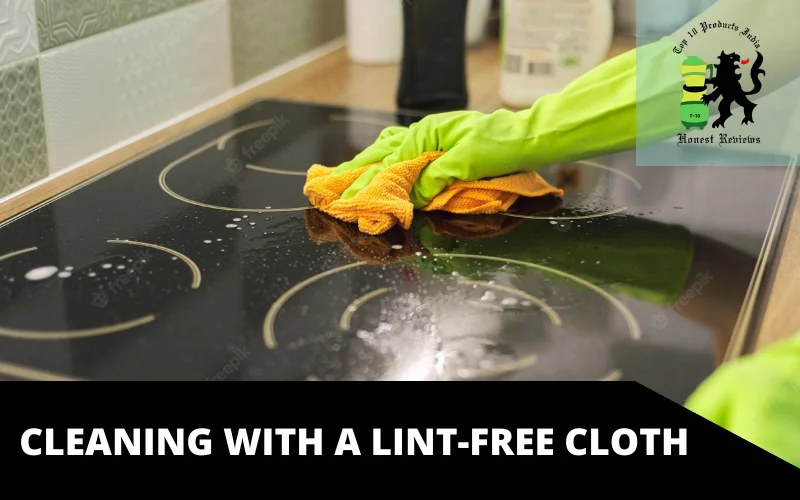Cleaning kitchen tiles can be a daunting task, especially if you let the buildup of grease and grime accumulate in the grooves and corners.
Daily maintenance is key if you’re looking for an easy way to keep your kitchen looking sparkly and new. Keeping these surfaces hygienic with a few simple steps and the right tools will make food preparation and cooking much easier. Let’s look at how to clean kitchen tiles quickly and efficiently.
Baking Soda
Cleaning kitchen tiles with baking soda is an effective and affordable way to remove dirt, stains, and grime. Follow these steps used by our experts to easily clean your kitchen tiles:
- Sweep or vacuum the kitchen floor to remove loose dirt and debris.
- Mix a paste of baking soda and water in a bowl. Add a few drops of dish soap to the mixture for extra cleaning power.
- Apply the paste to the grout lines and tile surface using a scrub brush or sponge. Focus on any stained or dirty areas and apply extra pressure.
- Let the baking soda paste sit on the tiles for 5 to 10 minutes.
- Scrub the tiles and grout lines again with a brush or sponge, using warm water to rinse away the baking soda mixture.
- Wipe the tiles with a clean towel or rag to remove excess water and baking soda residue.
- For tough stains or grease buildup, you can add a few drops of vinegar to the baking soda paste to create a fizzy reaction. This can help break down the stains and make them easier to remove.
- If there are still stains or grime after cleaning with baking soda, you can use a commercial tile cleaner or hire a professional tile cleaning service.
Expert tip: Remember to wear gloves and protective eyewear when cleaning with baking soda. Test the baking soda paste on a small, inconspicuous area of the tile first to ensure it doesn’t damage or discolour the tiles.
Vegetable Oil
Cleaning kitchen tiles can be a daunting task to tackle if you start cleaning them directly without using proper methods. However, did you know you could use vegetable oil to help with the job? It might sound a bit strange, but vegetable oil is surprisingly effective at removing dirt or sticky residue from almost any surface.
Not only does it cut through the grease, but it also does so without the need for harsh chemicals, leaving behind a glistening sheen. With a few simple steps, you can add another trick to your cleaning toolbelt – vegetable oil is your trusted new ally!
When tackling your kitchen tiles, mix equal parts of oil and water in a spray bottle. Degreasing the area lightly before proceeding with your regular cleaning solution will ensure you have completely removed any stuck-on gunk and grime.
Vinegar
Just as we explained the cleaning procedure with baking soda, cleaning with vinegar is also almost similar. Again, don’t forget to wear gloves while cleaning!
Here are the steps to clean your kitchen tiles using vinegar:
- Sweep or vacuum the kitchen floor to remove loose dirt and debris.
- Mix a solution of equal parts white vinegar and water in a spray bottle.
- Spray the solution onto the tile surface and grout lines, covering any stained or dirty areas.
- Let the vinegar solution sit on the tiles for 5 to 10 minutes to break down the dirt and grime.
- Scrub the tiles and grout lines with a brush or sponge, using warm water to rinse away the vinegar solution.
- Wipe the tiles with a clean towel or rag to remove excess water and vinegar residue.
- For tough stains or grease buildup, you can add baking soda to the vinegar solution to create a fizzy reaction. This can help break down the stains and make them easier to remove.
- If there are still stains or grime after cleaning with vinegar, you can use a commercial tile cleaner or hire a professional tile cleaning service.
Cleaning With a Lint-Free Cloth
Cleaning with a lint-free cloth is a great way to protect your surfaces from damage. The small dirt and dust particles trapped within traditional fabrics can cause scratches on surfaces like glass, chrome, and porcelain. A lint-free cloth helps to minimize or even eliminate this risk, allowing you to keep those surfaces shiny and new.
They are also gentler on the surface because the fibres don’t snag or rub roughly against them during cleaning. Lint-free clothes come in various fabrics, so you can choose the most suited for your needs. Whatever material you choose, it’s sure to make your cleaning job easier and safer!
Conclusion
Cleaning kitchen tiles isn’t as daunting as it may seem at first. All you need are the right cleaning ingredients and some elbow grease. Armed with strong cleaners like baking soda or vinegar, a stiff brush, the right technique and some patience, you will be able to get your kitchen tiles looking new in no time.
Remember that when deep cleaning, it’s important to take safety precautions such as wearing gloves and using a protective mask for your eyes, nose and mouth. A deep clean can leave your kitchen sparkling clean and feeling refreshed!






![Read more about the article 12 Best Cookware Brands in India [Most Reliable Picks of 2025]](https://top10productsindia.in/wp-content/uploads/2022/09/12-best-Cookware-Brands-in-India-300x169.webp)

